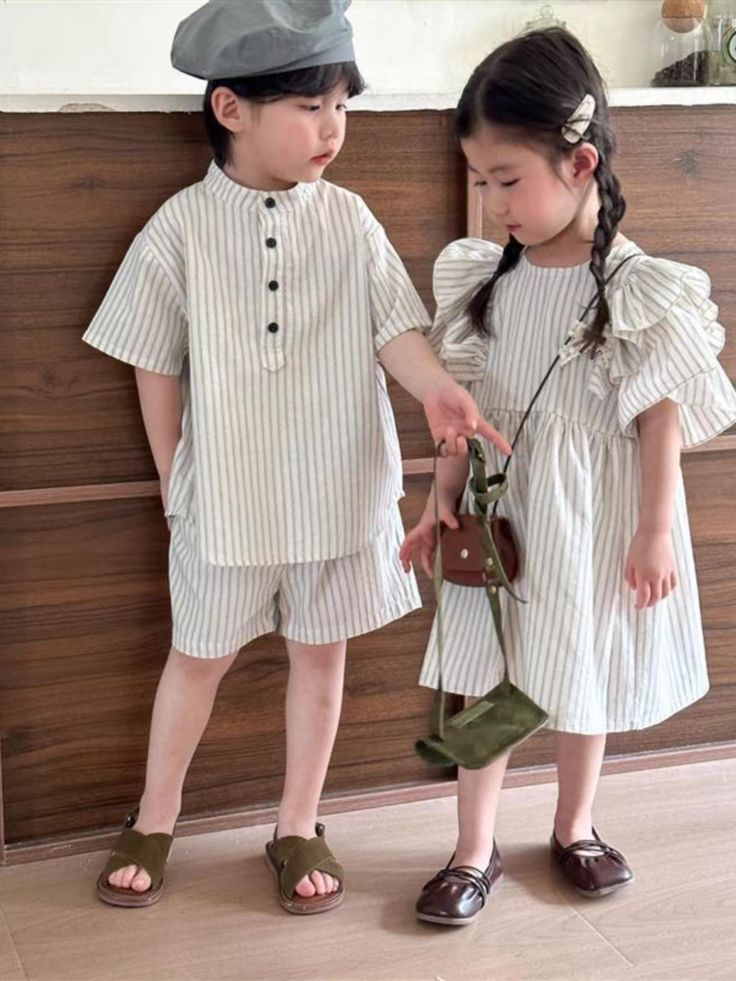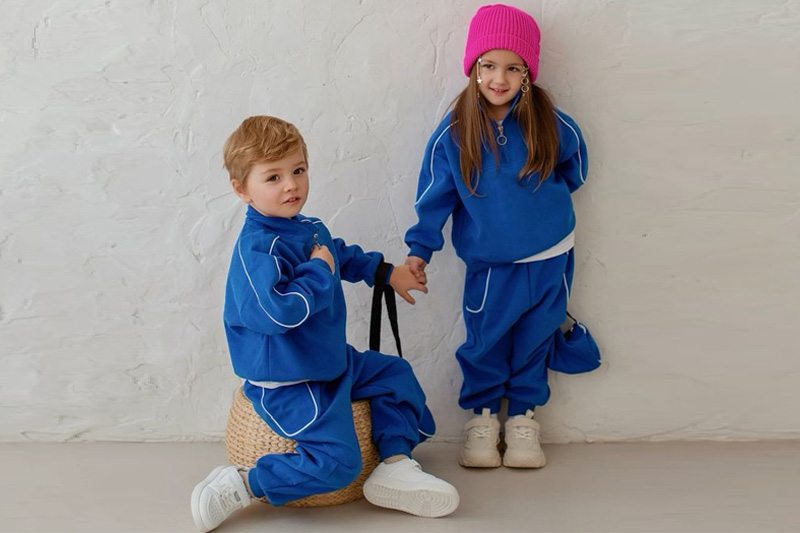When it comes to dressing kids, we’re not just choosing fabrics—we’re choosing comfort, care, and something strong enough to survive playtime chaos. Lyocell and bamboo viscose stretch jersey are two soft, breathable fabrics making waves in children’s clothing. But which one’s better? Let’s dig into the pros, cons, and cozy truths behind both.
Lyocell and bamboo viscose stretch jersey are popular choices for children’s clothing thanks to their softness, breathability, and eco-friendliness. Lyocell is smoother, more durable, and made using a closed-loop process, while bamboo viscose stretch jersey offers incredible softness and flexibility. However, each fabric has trade-offs in shrinkage, durability, and sustainability. Knowing their strengths and weaknesses helps you pick the best fit for kids’ daily wear.
It’s not just about softness—it’s about what’s behind the softness.
What makes Lyocell and Bamboo Viscose feel so soft and breathable?
If you’ve ever rubbed a baby romper against your cheek to test its softness, you’re not alone. Parents feel before they buy.
Both Lyocell and bamboo viscose have ultra-fine, smooth fibers that feel gentle on sensitive skin. Lyocell’s moisture-wicking and breathable properties make it ideal for warmer climates. Bamboo viscose stretch jersey is not only soft but has a bit more stretch, making it perfect for flexible, comfy kidswear.
These fabrics aren’t just soft—they breathe like a second skin.
A closer look at comfort
Let me tell you—at a Paris kidswear expo, a buyer once told me she chooses fabric the same way she picks a bed sheet: “If I wouldn’t want to sleep in it, I won’t dress kids in it.” That moment stuck.
Let’s break it down:
- Lyocell is made from wood pulp, usually eucalyptus. The fibers are silky smooth and help regulate temperature—great for hot days or active kids.
- Bamboo viscose stretch jersey combines bamboo pulp with added elastane or spandex. It drapes beautifully, feels cloud-soft, and moves with the body.
Here’s a quick side-by-side:
| Property | Lyocell | Bamboo Viscose Stretch Jersey |
|---|---|---|
| Touch & Feel | Silky smooth | Buttery soft, more elastic |
| Breathability | Excellent | Good, slightly warmer |
| Stretch | Low (unless blended) | High (due to elastane blend) |
| Skin Friendly | Hypoallergenic, moisture-wicking | Hypoallergenic, cozy against skin |
Whether it’s a hot summer walk or an all-day playdate, both fabrics bring comfort to the table. But they feel different—and that matters.
Is one fabric more eco-friendly or sustainable than the other?
Sustainability isn't just a buzzword. It’s the question modern parents ask: “What impact will this tiny T-shirt have on my child’s future world?”
Lyocell is generally more sustainable than bamboo viscose due to its closed-loop production system, which reuses water and solvents. Bamboo itself is a fast-growing, low-pesticide crop, but the chemical process to convert it into viscose is less eco-friendly unless done with strict controls. Both fabrics have environmental benefits, but Lyocell has the edge in transparency and processing.
Green labels don’t always mean green processes.
How do stretch, durability, and washability compare in real-life use?
Now, let’s talk reality: playgrounds, spaghetti stains, tumble dryers. Because that’s where fabric gets tested.
Bamboo viscose stretch jersey wins on flexibility and freedom of movement, making it ideal for active kids. Lyocell, while less stretchy, holds its shape better and resists pilling. Both wash well, but bamboo viscose can shrink and lose softness if dried on high heat. Lyocell is more durable over time, especially when blended with cotton.
Your washing machine will tell you the truth—eventually.
Are there downsides to consider—like shrinkage, pilling, or price?
No fabric is perfect. Even the softest options have trade-offs once they hit the real world.
Lyocell is more expensive and can wrinkle easily. Bamboo viscose stretch jersey, while affordable and ultra-soft, tends to shrink and pill over time. If not pre-washed or blended with sturdier fibers, bamboo viscose may not last as long. Both require gentle washing for best results.
So yes—softness comes with strings attached.
When softness meets reality
Here's a story: I had a client in Melbourne who fell in love with bamboo viscose leggings. They were like butter. But two washes later, she called me in a panic: “They're half the size!”
Lesson? Always pre-test. Always check care labels.
Here’s a practical comparison:
| Concern | Lyocell | Bamboo Viscose Stretch Jersey |
|---|---|---|
| Price | Higher | More affordable |
| Shrinkage | Low to medium | Medium to high |
| Wrinkling | Prone to wrinkling | Less prone |
| Pilling | Rare (unless blended) | Common over time |
| Longevity | Excellent (with care) | Moderate |
Understanding the downside helps you set expectations—and plan better for long-term use.
Which fabric is better suited for active kids and daily wear?
Let’s be honest: kids don’t sit still. Their clothes shouldn’t either.
Bamboo viscose stretch jersey is better for active kids due to its natural stretch and cozy feel. It’s ideal for items like leggings, tees, and onesies. Lyocell, while less stretchy, is more durable and temperature-regulating, making it great for dresses, tops, and outerwear. The best choice depends on the garment’s purpose and how it’ll be worn.
Think of it like shoes—some for running, some for style.
Conclusion
There’s no one-size-fits-all fabric. Lyocell brings durability and eco peace of mind. Bamboo viscose offers stretch and unmatched softness. The sweet spot? Knowing when to use each—and choosing with heart.
At Taian Lianchuang Textile Co., Ltd, we help brands find the right fabrics for real-life parenting and playful kids. Because clothing should work as hard as the children who wear it.



